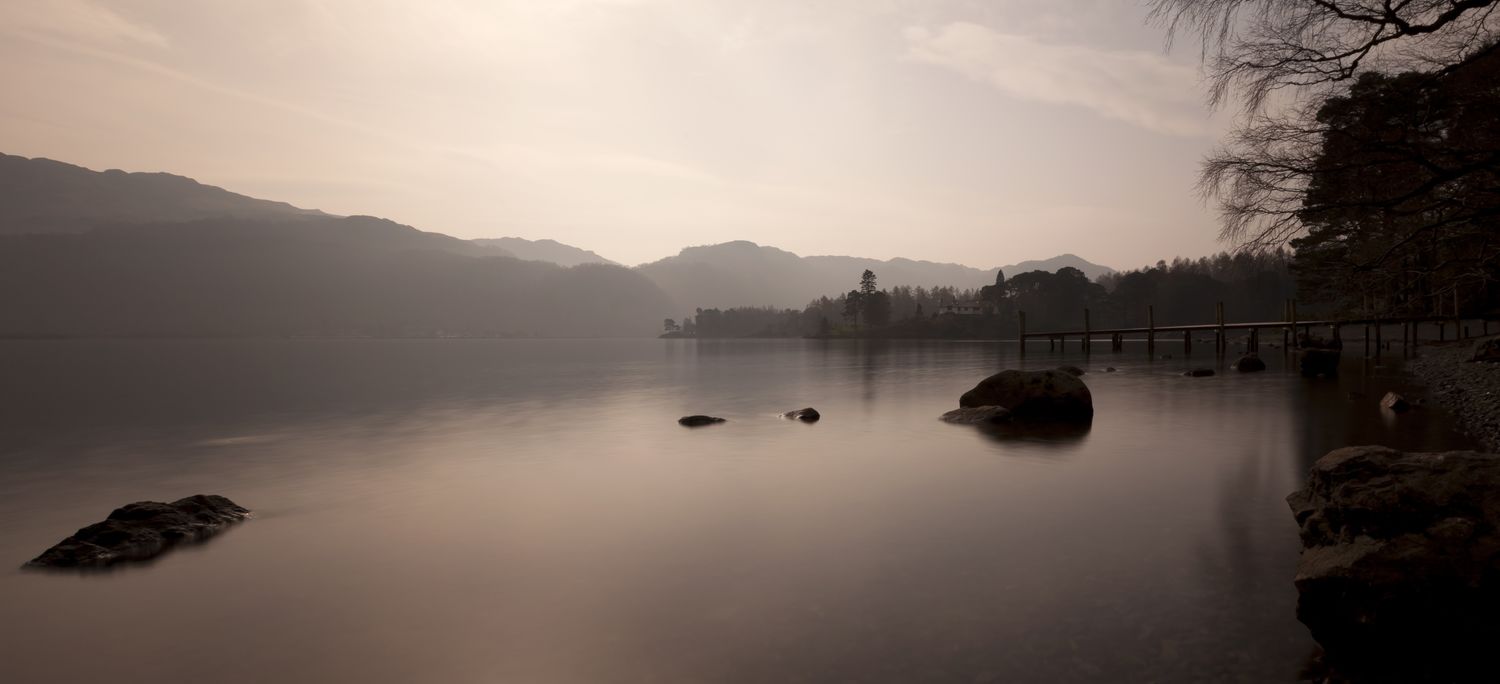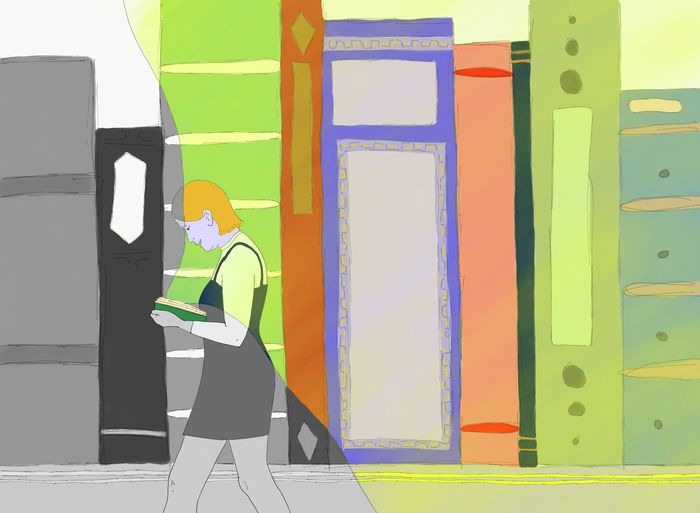“Take me to the lakes where all the poets went to die,” croons Taylor Swift on ‘the lakes,’ the closing track of her 2020 album Folklore. It’s a fitting conclusion to an album preoccupied with solitude, isolation, and the imagery of a retreat from the urban and social to the bucolic and individual. How does Swift justify this recurrent theme of both the album and the final track? “I’ve come too far to watch some name-dropping sleaze / tell me what are my Wordsworth.”
The pun stands as apt metonym for the ideas of the song, complete with its locational specificity amongst the “Windermere peaks,” and the mentality of rejecting collective judgement which marks the album as such a product of the 2020 psyche. But is it a cheap linguistic joke, or does it speak to something more pressing?
2020 marks the 250th anniversary of William Wordsworth’s birth and, in many ways, the poet has never seemed more relevant. This year has seen a flood of tourists attempt to descend on the Lake District, only to be turned away by a combination of indignant locals and a police force uncertain of their remit. The would-be pilgrimage has ignited something of a war between those on the residents’ side, urging the protection of the area from the ravages of over-tourism, and those who have decided that plenty of other countryside beauty spots deserve the tourist pound if those who have long benefited no longer want it. Yet, even to those turning their backs, something about the Lake District marks it out as different — as the inimitable original — compared to any potential replacements. New challengers are defined, parody-like, in relation to that which they are not.
Wordsworth’s conservatism would no doubt place him on the side of today’s residents, in what was once his own locality. His recollections of the area in The Prelude (1805) are typically adulatory:
[...] For this didst Thou,
O Derwent! travelling over the green Plains
Near my sweet Birth-place, didst thou, beauteous Stream,
Make ceaseless music through the night and day (ll. 279-282)
The encomiastic meditations on past experiences, which define the poem, defy quotation at length, but Wordsworth’s wonder at the power of nature to inspire — and equally to terrify — is self-evident. More than anything, Wordsworth depicts a world in which solitude among nature enables a thoughtfulness and self-awareness, which is impossible anywhere else.
Thoughtful self-awareness and contemplation — we might call it mindfulness — are increasingly back in vogue. Away from the idealistic escapism of a few days climbing mountains for a break, increasing numbers of people are seriously contemplating a move away from frenetic urban life and towards the withdrawn peacefulness of the wilds. The windswept and utterly remote Isle of Rum, in the Inner Hebrides, recently advertised for new residents to move into four proposed new-build houses on the island, in an effort to bolster the population, which currently stands at just 30. Over 3,000 expressed interest.
Wordsworth’s appreciation for the natural extended beyond his local environs, and his descriptions of the sublime suggest that he too might have understood the desire for a move even so extreme as that to Rum. His response to the view of the Wye Valley, in ‘Tintern Abbey’ (1798), is typical of his habit of associating spectacular and overwhelming scenery with access to a more profound level of thought and awareness:
[...] Once again
Do I behold these steep and lofty cliffs,
Which on a wild secluded scene impress
Thoughts of more deep seclusion (ll. 4-7)
In an admission perhaps more acutely relevant to many people’s experiences today, Wordsworth describes the value of memories which preserve such places when one cannot access the places themselves directly:
But oft, in lonely rooms, and mid the din
Of towns and cities, I have owed to them,
In hours of weariness, sensations sweet (ll. 26-28)
It would be tempting and all too easy to ascribe such changes in the modern mentality to the experience of Covid-19, but such an individual event rarely has the power to motivate feelings of such strength if they have not already been latent for some time. Although ‘cottagecore’ has received more exposure in the media during the pandemic thanks to its neatness as an antithesis to the more typical urban drudgery, its roots antedate Coronavirus. Indeed, the trend had already become sufficiently entrenched by around 2017 for residents of previously quiet villages such as Castle Combe, in the Cotswolds, to protest against their houses and property being exploited by day-tripping influencers, who posed in their front gardens with little regard for privacy or property. Nevertheless, such an effort to imbue modern life with the aesthetics and trappings of an idealised past is surely a recognition that the previous trend for minimalism was born more of necessity and circumstance than genuine desire. Who honestly finds whitewash that exciting?
Expecting to find consolation in Wordsworth on account of the similarity of his preoccupations with our own is, of course, an idealising action, even as it exposes the fundament that we have always yearned for an artificial reconstruction of something simpler, more natural, and more meaningful. Like so many others, Wordsworth remembers his long-past experiences of the places he describes, acknowledging in his description of memory-altering “after-meditation” that they were probably not quite as good as he remembers them. In Harry Levin’s phrase used as the title of his book The Myth of the Golden Age (1971), the idealised past is, precisely, a myth. As he notes, “any given period of the past, so long as it was the present, had its own discomforts, and also [...] it probably had its own yearnings for still more distant periods.”
Perhaps, then, we don’t really want the simplicity we think we want, but rather desire the controlled and artificial image of something alluringly cast as opposite to the modern life we feel we don’t want.
Cottagecore, Taylor Swift, and would-be emigrants to faraway lands all play this game. Cottagecore is transmitted by the convenience of Instagram, just as Swift’s meditations on the disconnected life are beamed to Spotify via 4G and wifi. Those who move to Rum will perhaps enjoy better access than most to landscapes of profound and inspiring beauty, but will they truly embrace the isolation they think they seek when the island’s development officials pragmatically reassure applicants that the homes come with “high-quality fibre broadband” ready for them to embrace WFH? Perhaps, then, we don’t really want the simplicity we think we want, but rather desire the controlled and artificial image of something alluringly cast as opposite to the modern life we feel we don’t want.
Yet Wordsworth anticipates this possibility too, recalling in ‘Tintern Abbey’ how his younger self “bounded o’er the mountains” in a manner “more like a man / Flying from something that he dreads, than one / Who sought the thing he loved” (ll. 69-73). Whether we read him for straightforward praise of the natural life, for the reassurance of knowing it’s natural to yearn for something lost, or for an ambivalent meditation on just how genuine our seeming yearnings actually are, Wordsworth deserves rereading in 2020 more than ever before.


